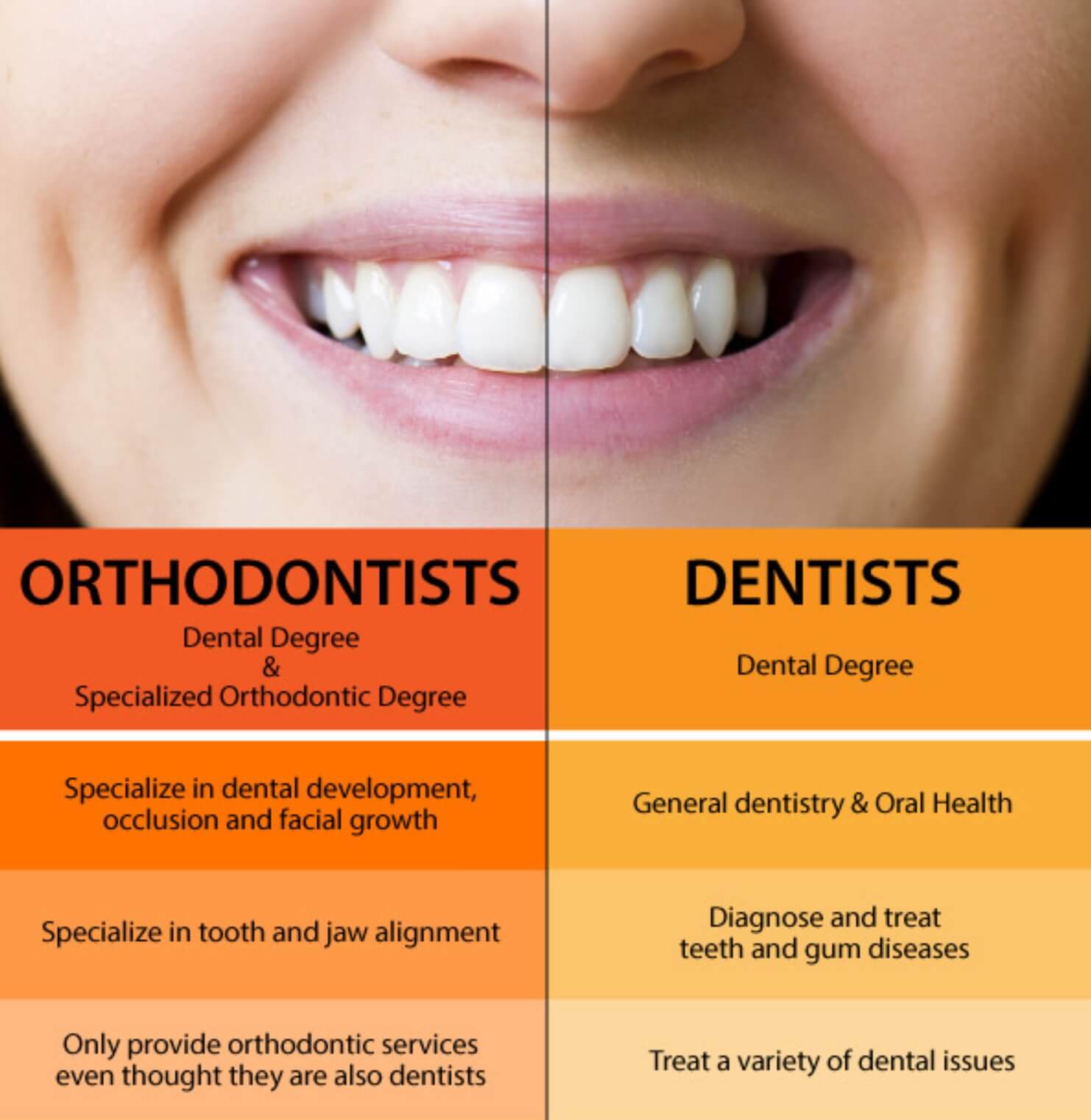Rumored Buzz on Legacy Orthodontics
Rumored Buzz on Legacy Orthodontics
Blog Article
Unknown Facts About Legacy Orthodontics
Table of ContentsTop Guidelines Of Legacy OrthodonticsSome Known Details About Legacy Orthodontics Our Legacy Orthodontics DiariesWhat Does Legacy Orthodontics Do?6 Simple Techniques For Legacy Orthodontics
In addition, we offer adjustable treatment routines, adaptable settlement options and an enjoyable, pleasurable experience.An orthodontist is a dental expert trained to diagnose, stop, and deal with teeth and jaw irregularities. Orthodontists work with people of all ages, from kids to grownups.
Malocclusion, or misaligned teeth, can cause oral issues, including tooth decay, gum disease, and difficult or excruciating chewing. However not everybody is birthed with straight teeth. If you have a negative bite or big spaces in between your teeth, you may intend to speak with a dentist specializing in orthodontic treatment.
The Ultimate Guide To Legacy Orthodontics
( Image Credit: DigitalVision/Getty Images) Orthodontists utilize dealt with and detachable dental devices, like braces, retainers, and bands, to change the placement of teeth in your mouth. Orthodontic therapy is for dental abnormalities, including: Jagged teethBite issues, like an overbite or an underbiteCrowded teeth or teeth that are as well far apartJaw misalignmentThe objective of orthodontic therapy is to improve your bite.
A healthy and balanced bite ensures you can consume, chew, and talk correctly. While you could think of orthodontists as generally for youngsters or young adults that need dental braces, they can deal with oral problems at any kind of age. Orthodontists participate in college, dental college, and orthodontic college. After graduation, they spend 2 or 3 years in an orthodontic residency program.
, but not all dental experts are orthodontists. They concentrate on two areas: Exactly how to properly and safely relocate teeth How to properly lead growth in the teeth, jaw, and faceOnce an orthodontist has completed training, they have the option to end up being board accredited.
The Buzz on Legacy Orthodontics
Malocclusion leads to tooth overcrowding, an askew jaw, or irregular bite patterns. Malocclusion is typically treated with: Your orthodontist connects steel, ceramic, or plastic square bonds to your teeth.
If you have just minor malocclusion, you might be able to make use of clear braces, called aligners, rather of standard braces (https://www.producthunt.com/@legacyortho1). Some individuals need a headwear to aid relocate teeth into line with pressure from outside the mouth. After dental braces or aligners, you'll need to put on a retainer. A retainer is a custom-made gadget that keeps your teeth in location.
They're most often made use of on kids. They can create additional room in the mouth without needing to pull teeth. If you have a major underbite or overbite, you could require orthognathic surgical treatment (additionally called orthodontic surgery) to lengthen or reduce your jaw. Orthodontists utilize cords, surgical screws, or plates to support your jaw bone.
You may need to see an orthodontist if you have: Crowding or not enough area for all of your teethOverbite, when your upper teeth come by your base teethUnderbite, when your bottom teeth are also much forwardSpacing or issues with gapsCrossbite, which is when your upper teeth fit behind your bottom teeth when your mouth is closedOpen bite or a vertical void in between your front base and upper teethMisplaced midline, when the facility of your base and top teeth do not line up Remedying a dental malocclusion can: Make biting, eating, and speaking easierImprove the proportion of our face and your general appearanceEase discomfort from temporomandibular joint conditionsDifferent your teeth helpful hints and make them simpler to clean up, helping prevent dental caries or dental caries It's typically a dental practitioner that initially notices misaligned teeth throughout a regular examination.
The Ultimate Guide To Legacy Orthodontics

Throughout your very first orthodontic appointment, you'll likely have: A dental examPhotos taken of your face and smileDental X-raysPanoramic (360 degree) X-rays of your face and headImpressions to produce molds of your teethThese examinations will help your orthodontist recognize how to proceed with your therapy. orthodontist. An orthodontist is a dentist that's had training to treat your teeth and jaw
An orthodontist is concentrated on your bite, so something like a cracked tooth would certainly be taken care of by a dental professional. Orthodontists are focused on your bite, or the way your teeth fit together, and the straightness of your teeth.
Ever before wondered exactly how celebrities constantly seem to have perfectly straightened teeth? Orthodontists are dental specialists who concentrate on dealing with irregularities in the teeth and jaws.
All About Legacy Orthodontics

While dental braces are the most generally acknowledged orthodontic treatment, orthodontists have a diverse toolkit at their disposal. The certain technique selected relies on the seriousness of the case, the person's age, and specific preferences. These reliable braces use a system of braces bound to the teeth and connected by cords.
These removable trays are tailor-made to progressively move the teeth's placement. In cases of slim jaws, palatal expanders can be made use of to create space for proper tooth positioning.
Report this page